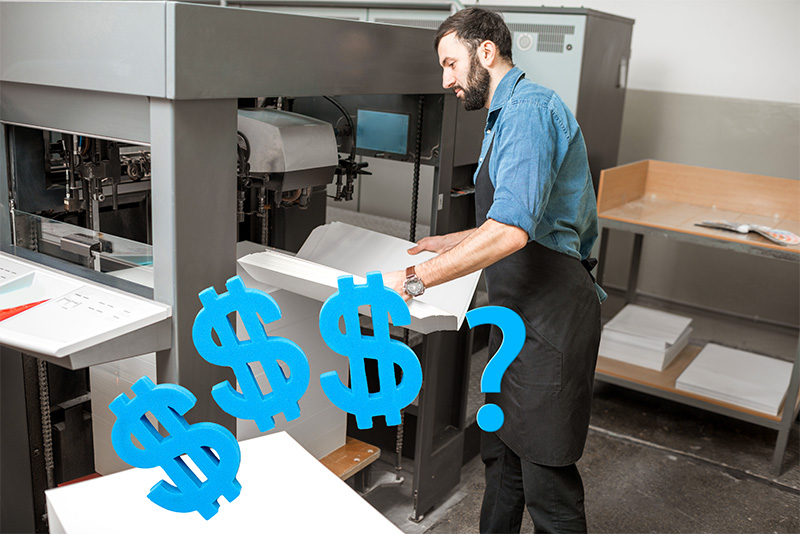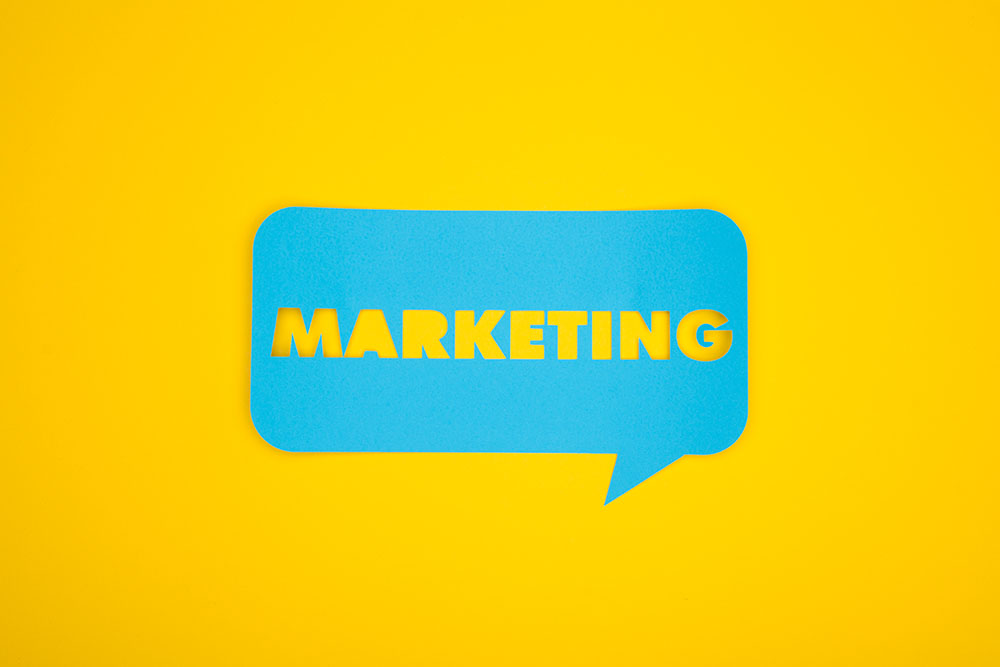Costs | Printing | Marketing
A traditional publisher will meet your design and printing costs for you, but only IF they accept your book. In self-publishing you have to pay these costs yourself, but they are not as punishing as you might expect.

Design costs
You will need to pay the designer to bring your book up to a professional standard
More on design costs
Printer's costs
The printer has expensive machines to buy and maintain, ink, toner and paper stocks to buy, operators to pay and a business to run...
More on printing costs
What might it cost you?
How long is a piece of string?
Designer's costs:
Simple books of about 100 pages that are well-written, have a few illustrations or photos, and need a cover, should easily come in under $1000. Complex books taking months to produce - with many references, footnotes, an index, diagrams to draw, photos to edit, and frequent textual changes being made, can easily run above $5000.
BOOK A: I recently charged $2000 plus GST to produce one book for print and in three different digital formats to be downloaded or read online.Two of the digital books were "reflowable books", one for kindle, the other an epub (for submission to other online bookstores), and the third a fixed layout interactive pdf for emailing and website use. There were over 60 colour photos that the author wanted to "look good", but they were generally not up to standard. His print book was an A5 size of 150 pages. So $2000 was a very good deal! E-books are tricky to do because under the hood they are really websites, so the designer is not just having to build the book for print but convert it accurately to a website that meets e-bookstore requirements. Your book may look very different from the printed version because e-books have to reflow to work on different size screens, and print layout has to give way to web conventions. (June 2024)
BOOK B: I charged $600 plus GST for a colour-illustrated children's book of 30 pages. This author does her own illustrations. I have set up a template for her books because this is her seventh children's book and we have a routine that works well. She is in the studio throughout the 2-day process, and scanning, editing of the art, creating an attractive layout and making changes to the text can be handled quickly. I use the same printer for all her books and they know what's coming. She prints 300-500 books at a time. (February 2024)
BOOK C: I charged $2000 plus GST for an A5 book of 100 pages. This is much more than I would normally charge for a simple book but this one had 55 photos - all needing restoration - plus extensive reorganising and editing of copy, cover design, creation of a small recurring chapter motif to use throughout, ISBN, sorting out copyright issues, writing an intro and back cover blurb, organising author photo, creating a family-tree guide to help readers, and regular liaising with the author who was not computer-literate. But a lot needed doing !! I could have charged more but didn't have the heart to! (November 2023)
Printer's costs
BOOK C: cost the author $1194 (inc GST) for 50 copies. There were 15 colour pages. BOOK B - 400 copies in full-colour on 30 A4 pages of glossy stock cost the author ($1660). BOOK A: 30 printed copies (with 60 colour photos) -$836 (incl GST). This author also chose a marketing package offered by the printer - which cost an extra $400 plus GST. (Obviously e-books do not incur printing costs.)
If that seems expensive to you, the next question is ...
So why not print overseas?
Asian printers are doing good work. In parts of Asia printers can produce a book for less than half the cost of a NZ printer. But you need to be printing high volumes to make it work for you, eg., think 1000s of copies rather than hundreds - and you need to do your sums carefully. What are freight costs back to NZ going to be, rising transport, paper and inflation costs? One NZ printer of my acquaintance began specialising in books largely because he had met so many NZ authors who had had bad experiences with overseas printers. Yes, printing "in-country" is more expensive but much more hands-on when there are issues. And with much smaller print runs the impact on the wallet is much lower.
Marketing?
This a big subject, and writers come with very different levels of motivation when it comes to distributing their book. Comments below cover the field - from the mildly-to-moderately motivated self-publishing author to the highly motivated. Many DIY authors will not be trying to make a big splash but will be simply happy to produce a book that looks good, reads well, will sell enough to help recoup design and printing costs, find a spot on Kindle and be "discoverable" on some databases. The highly motivated self-publishing author will be pushing all buttons and may hope to be discovered and approached by one of the big publishing houses.
1. The unmotivated writer: Most writers do NOT like promoting their own book. Many are happy to print 50 to 200 copies and make them available to friends, family and interested networks using personal visits, email, a bit of leg-work and giving them as gifts. It's nice if people buy your book and many will be happy to pay something, but you might find yourself giving away more than you expected. But keep your eye open for groups of people who will have a special interest in the subject matter of your book.
2. The moderately motivated writer. Some authors really do have something to say but need a push to get started with distribution. Here are a few ideas: If you are a Facebook user, set up a special-purpose page about your book and/or use your existing list of Facebook friends to let them know. If your book about 'the secrets of the honey bee' fits into an existing FaceBook hobby group on bee-keeping, post to the group, or start a group. Go to your local community radio or newspaper and talk to them about whether your book might interest readers or listeners or viewers. If you're sufficiently motivated, organise a book launch. Go to local libraries, schools, local bookstores (some of them will accept self-published books). See if local markets will let you sell at a table. Look out for exhibitions of local talent and see if there's a spot for you there. Check out local community clubs, eg., Probus - who are always looking for interesting speakers. Whenever you travel by car take a box of books with you. You never know when you might strike up a conversation and sell a book. The moderately-motivated writer will be interested in a package like the one offered by Copypress. This Nelson printer - specialises in printing your book and sending a regular catalog of new titles to about 200 outlets. It will also offer and sell it on its online bookstore and print on demand, as well as creating an e-book for you. Find other writers and connect with them, eg., The NZ Society of Authors maintains communities for writers all through the country.
3. The motivated writer: The motivated writer will do everything in 1 and 2 and also set up a website about the subject of the book and sell the book from the website. Your Facebook page will help drive traffic to your website. (Your Facebook and Website page will need to be maintained, attract viewers, and be kept up to date.) A website is no longer out of the reach of self-publishing authors who are prepared to make use of online third-party website providers who are making hundreds of custom-built templates available for you to use and adapt to purpose: SquareSpace is one of the most popular. The provider's commerce modules can be linked to your site and allow you to sell your book online. Of course there are on-going expenses; web-hosting and shop-fronts are not free. (There is a learning curve in setting up and posting to your own website and you will probably need help gettng started but on-going coding skills are no longer critical - though can be useful.
Motivated writers will also be putting a digital version of the book on - at least - Kindle and probably a few other digital bookstores. The motivated writer will looking for speaking and writing opportunities nation-wide on all media. Writers in this category might set up a YouTube channel and begin podcasting about their subject.
4. The highly-motivated real Indie author will play the field hoping to be noticed. (Sounds exhausting!!) They will do everything in 1, 2, & 3 and may also engage the services of a publicist, who knows better than the author what outlets might be interested in the book. There will be a fee, of course. If the highly motivated self-publishing writer is looking at world-wide distribution they may approach a large printing and international distribution company, eg., Ingram Spark. These claim to print and get your book into, eg., 40,000 bookstores and sell it all over the world both in digital and non-digital form - for a fee. (Caution is advised. Books in stores do not translate into sales; your book may not do well. It's easy for earnest young writers to get sucked in by promises of sales that may not eventuate. One writer of my acquaintance who used one of these companies told me that her digital book sales easily outstripped sales of the printed version. Costs of the large printing and distribution agencies' services are on-going.)
NielsenBooks is one way motivated self-publishing authors can get their titles before booksellers, agents, libraries and publishers. Nielsen has an enormous database (over 43 million titles) and international reach. Your chances of being "discovered" there might be slim, but the service is free for the standard package, and it's another way you can get your book out to potential readers. Further services, eg., sales tracking, are available for a fee.
Amazon offers a print-on-demand service to provide authors with a physical book as well as an e-book. (Note: CreateSpace (Amazon's former book-printing arm is now history; everything happens now inside Kindle Direct Publishing (KDP) - Amazon's e-book service. When your digital book is uploaded to Kindle Direct Publishing you can provide Amazon with the computer files for a printed version of the book so people can order a physical copy which Amazon will get printed as close to the customer as possible. This is obviously attractive to authors wanting to get printed books to the other side of the world without large postage costs. But Amazon's print-on-demand service is separate from the e-book process and requires books to be prepared according to its specifications and laid out according to its print templates. You may need help. And you will have no hands-on involvement with the end-product, ie., you will not see printed proofs. It may or may not look good. Most authors Briar's Books deals with are happy to have a printed book for the home market, and a kindle book to look after potential digital readers in other parts of the world.